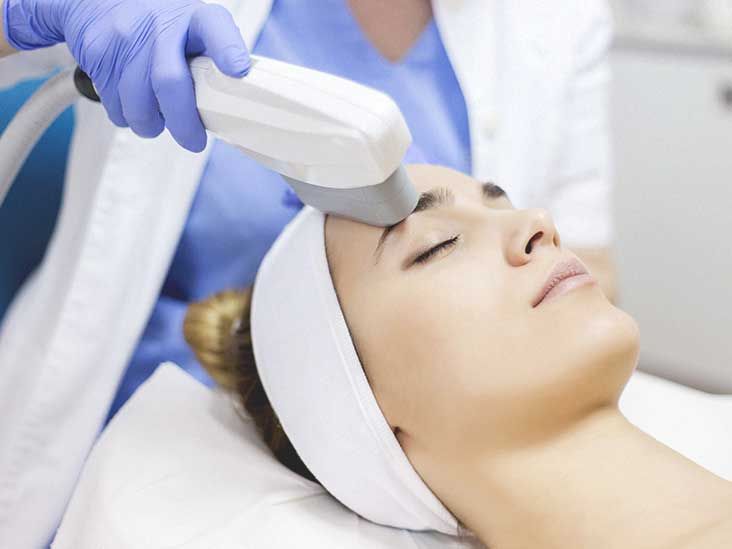Laser Photo Rejuvenation in Dubai is an innovative skincare treatment that utilizes advanced laser technology to enhance skin appearance by targeting various concerns such as pigmentation, fine lines, and uneven texture. Understanding the science behind this procedure can help demystify its effectiveness and benefits.
What is Laser Photo Rejuvenation?
Laser photo rejuvenation, also known as laser skin resurfacing or photofacials, involves the use of focused laser energy to penetrate the skin layers, promoting healing and rejuvenation. This non-invasive treatment stimulates collagen production, improves skin texture, and reduces signs of aging, sun damage, and other skin imperfections.
The Mechanism of Action
1. Targeted Laser Energy
Laser photo rejuvenation employs different types of lasers that emit concentrated beams of light. These lasers can be categorized primarily into two types:
- Ablative Lasers: These lasers remove the outer layer of skin (epidermis) and heat the underlying skin (dermis). Examples include CO2 and Erbium lasers, which are effective for deep wrinkles, scars, and extensive sun damage.
- Non-Ablative Lasers: These lasers penetrate the skin without removing any layers, targeting deeper tissues. They stimulate collagen production while minimizing recovery time. Common types include Nd
- and diode lasers.
2. Collagen Stimulation
The heat generated by the laser energy triggers a natural healing response in the skin, prompting the production of collagen and elastin. Collagen is a crucial protein that provides structure and elasticity to the skin. As collagen levels increase, the skin becomes smoother, firmer, and more youthful in appearance.
3. Exfoliation and Skin Renewal
Ablative lasers, in particular, not only stimulate collagen but also promote the exfoliation of damaged skin layers. This process helps to reveal healthier skin beneath and improves overall texture and tone. Non-ablative treatments, while less invasive, still encourage cellular turnover and rejuvenation.
The Treatment Process
1. Consultation and Assessment
Before the treatment, patients undergo a thorough consultation with a dermatologist or skincare professional. This step includes:
- Evaluating skin type and concerns
- Discussing medical history and any contraindications
- Establishing realistic expectations and treatment goals
2. Preparation for Treatment
On the day of the procedure, the skin is cleansed, and a topical anesthetic may be applied to minimize discomfort. The treatment area is marked, and protective eyewear is provided to shield the eyes from the laser.
3. Laser Application
During the procedure, the practitioner uses the laser device to treat specific areas of the skin. The duration of the treatment varies based on the size of the area being treated, ranging from 30 minutes to two hours.
4. Post-Treatment Care
After the procedure, patients may experience redness, swelling, and a sensation similar to mild sunburn. These effects typically resolve within a few hours to a few days. Proper aftercare, including sun protection and moisturizing, is essential for optimal healing and results.
Expected Outcomes
1. Immediate Effects
Following laser photo rejuvenation, patients may notice immediate improvements in skin texture and tone. However, full results develop gradually as collagen production increases, typically over a few weeks.
2. Long-Term Results
With multiple sessions, patients can achieve significant and lasting improvements in skin appearance, including reduced fine lines, diminished pigmentation, and a more youthful glow.
Safety and Considerations
While laser photo rejuvenation is generally safe, it's essential to consider potential side effects, such as:
- Temporary redness and swelling
- Minor peeling or flaking
- Changes in pigmentation (rare)
Choosing a qualified practitioner and following aftercare instructions can help minimize risks and enhance treatment outcomes.
Conclusion
The science behind laser photo rejuvenation highlights its effectiveness in addressing various skin concerns through targeted laser energy and collagen stimulation. By understanding the mechanisms at play, patients can make informed decisions about whether this innovative treatment aligns with their skincare goals. With advancements in laser technology, laser photo rejuvenation continues to be a leading option for achieving smoother, healthier, and more youthful skin.






Comments